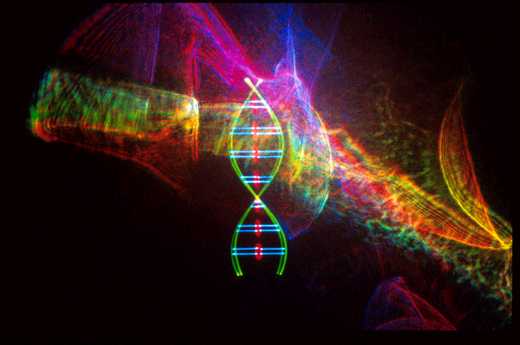Who would benefit
from taking this course?
This course is designed first of all for biology, agronomy,
premed, and statistics students. However, computer science,
mathematics, physics and chemistry majors may also find it
beneficial. This course is designed to benefit
computational and experimental biologists as well as
biostatisticians to understand the principles of analyzing
biological data, building models and testing hypotheses using
computer science paradigms. This Course does not depend on any
graduate course.
Assessment
Plan:
I believe that one of the most critical but somewhat
overlooked skill is reading, understanding and presenting
scientific publications that are reasonably challenging and
matching to your background (e.g., biology,
statistics, or computer science). Each student will be
assigned a book chapter and/or a journal article to present
during the computer labs using PowerPoint.
Your final grade will be based on the following scale:
97% - A+, 93% - A, 90% - A-, 87% - B+, 83% - B, 80% - B-, 77%
- C+, 73% -C, 70% - C-, less than 70% - F.
- 30 percent based on the final exam
- 25 percent based on two test assignments
- 20 percent based on the publication presentations
- 15 percent based on class participation
- 10 percent based on homework assignments
Methods: lecture (75
minutes) and computer laboratory (105 minutes).
Most computations will rely on either web services
or the servers and node computers of the Holland Computer
Center of NU.
References/Textbooks
Please note that computational biology is one of the fastest
evolving areas of science. No wonder, there is NO up-to-date
and comprehensive textbook on bioinformatics/computational
biology. By the time a book leaves the press, it is already
outdated. Therefore most of the Course will be taught on the
basis of my PowerPoint slides (quite a number of them) soon
available from Blackboard. Please note that I re-write my
presentations every year. We will also use recent scientific
reviews.
Recommended but optional textbook: Zvelebil
and Baum (2008): Understanding Bioinformatics
Garland Science, ISBN-13: 978-0-8153-4024-9, 772 pages. Note:
Amazon displays a date of 2012, but this refers to the Kindle
edition with identical text.
Optionally, we will also use selected chapters from the
series: Current Protocols in Bioinformatics
(Wiley Interscience). This series provides both
theoretical foundations and practical instructions to the most
important bioinformatics algorithms and tools.
A preliminary
schedule of classes
The order and subject of the classes may change, partly based
on student requests.
| Aug. 23 |
How has the Information Age
been changing biology and biologists? Roadmap to the
Course. |
Aug. 30
|
How to use and search biological
databases professionally? Finding out the sense of
your research from 27 million abstracts on PUBMED,
Scopus, Web of Science and a lot more on Google
Scholar.
|
Sep. 6
|
Inferring from sequence to
function: aligning a pair or nucleic acid or protein
sequences. |
| Sep. 13 |
Inferring from sequence to function on
a grand scale: searching sequence databases using
BLAST.
|
| Sep. 20 |
Universal features of the
domain architecture of proteins. Search domain models
using hidden Markov models. |
Sept. 27
|
Precision medicine: some three
millions of differences between two humans: sequence
polymorphisms |
Oct. 4
|
Analysis of gene expression,
Part I. |
| Oct. 11 |
Analysis of gene expression, Part II. |
| Oct. 18 |
Fall Break, no class |
| Oct 25 |
Making sense out of gene expression:
Gene Ontology, metabolic pathways, and gene set
enrichment analysis. |
Nov. 1
|
Transcriptomics for 2016: RNA
sequencing |
| Nov. 8 |
Proteomics. |
| Nov. 15 |
Biological Networks:
Protein-protein interactions |
| Nov. 23 |
Metabolomics or Machine Learning,
students choose
|
Nov. 29
|
Systems biology.
|
Dec. 6
|
Preparation
for the final exam.
|
| 7:30 - 9:30 AM Dec. 16 |
Final Exam,
last day of the Course. |

